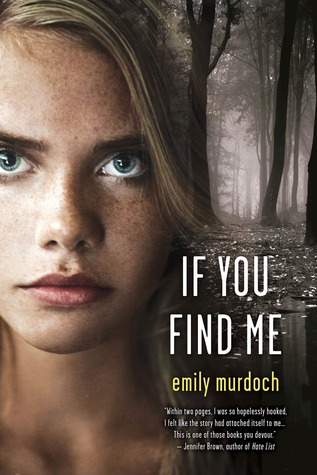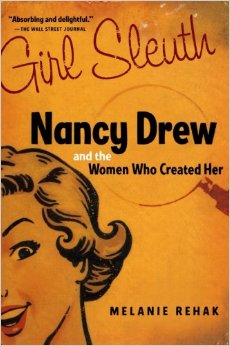I’ve been quiet for a while and I know I’m way behind on my book reviews, but I had to share a little about my amazing first cosplay experience yesterday at C2E2 (Chicago Comics and Entertainment Expo). I had always wanted to try cosplaying at a con but never had, so when my coworker Julia brought up the possibility of getting free professional badges to attend Friday’s sessions, I jumped at the chance.

Crazy things happen at C2E2.
At first I wasn’t sure who I wanted to be. We originally considered both going as characters from Nimona, then I saw the trailer for the new Ghostbusters movie and was longing to be Kate MacKinnon’s impossibly cool character. But when I checked out the 1st trade of Unbeatable Squirrel Girl by Ryan North and Erica Henderson, I knew immediately that this was who I had to be. I was able to piece together a good (although not perfect) representation of her outfit from a mix of things I already owned and things I bought at Target or through Amazon, but the tail was going to be a huge obstacle since I only had a couple of weeks to get ready. Luckily, I had a friend who’s a frequent and expert cosplayer who happened to have a perfect tail already made. All I needed to do was recover it in brown fabric and figure out an attachment system. I won’t lie, I had some pretty stressful moments the night before the convention when I wanted to burn the tail and curse the name of Squirrel Girl, but everything came together with some help from friends and I made my cosplay debut on Friday at C2E2!

The Unbeatable Squirrel Girl: ready to eat some nuts and kick some butts!
Turned out pretty good, right? And I couldn’t have chosen better for a first cosplay experience. Everyone LOVES Squirrel Girl, I quickly found out, but I was the only person I saw cosplaying her on the floor yesterday. So I got asked to pose for lots of pictures, which was a pretty thrilling experience considering I’m normally pretty introverted and shy about that kind of thing. Seeing Squirrel Girl seemed to bring people a lot of smiles and joy, and that’s all I could ask for a convention experience!

Another picture someone posted on Twitter of me in action as Squirrel Girl.
I loved walking around on the main floor and seeing all of the other amazing and creative cosplayers out there. I have to highlight one moment that really made me smile, although I didn’t get a picture of it myself. A little boy, maybe around five years old and dressed as Flying Squirrel Mario, found me and was fascinated by my tail. So we both turned around and showed our tails so his parents could get a picture. He was adorable. I heard that there’s going to be another little girl cosplaying as Squirrel Girl on Sunday, and I’m so sad that I won’t be there to get a picture with her. I’d love to be able to spend more than a day at my next convention. Still, I couldn’t ask for a more positive experience as a first-time cosplayer.




